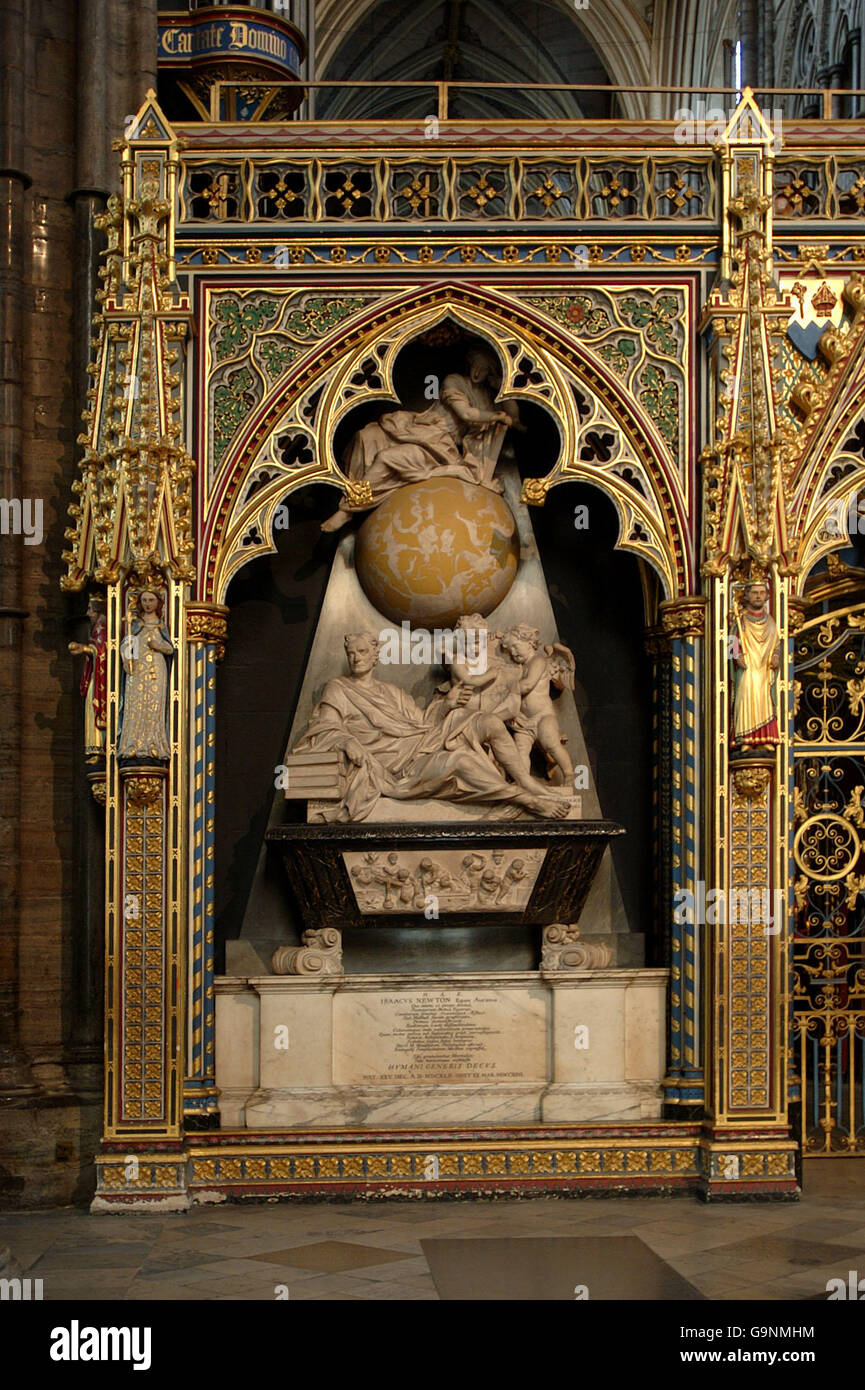
Pittoni was an accomplished draughtsman and painted many altarpieces and devotional images, but is best known for his paintings of subjects from mythology and Classical literature.

An allegorical monument to Sir Isaac Newton by Giovanni Battista Pittoni, oil on canvas, 220 cm x 139 cm, 1727 to 1729 © Fitzwilliam Museum (PD.52-1973)Ī second interpretation of the subject painted by Pittoni, following more closely suggestions made in a rough sketch in John Conduitt’s papers, is in the Marzotto Collection, Valdagno, Italy. A ray of light striking through a prism across the centre of the picture, represents Newton’s celebrated experiments with light. In the middle ground, on either side of a pedestal supporting symbolic figures of Mathematics and Truth, people study diagrams and instruments. The painting depicts the mourning figures of Minerva (Roman goddess of Wisdom) and other muses of science led by an angel towards a large urn containing Newton’s ashes. The subject matter of the ‘Allegorical Monument to Sir Isaac Newton’ was discussed with John Conduitt, a relative by marriage of Isaac Newton, whose papers are deposited at King’s College, Cambridge.
#SIR ISAAC NEWTON TOMB SERIES#
The series is now dispersed among major collections and museums throughout the world. The ‘Allegorical Monument to Sir Isaac Newton’ was bought by Sir William Morice. Swiny’s principal patron Charles Lennox, second Duke of Richmond acquired ten of the pictures which he hung at Goodwood House, Sussex. The paintings were sold to members of the English nobility. 1761) Valeriani, well-known scene painters, who were responsible for the architectural setting. The Newton painting was designed by Pittoni and executed with the assistance of brothers Guiseppe (d. His other subjects were Archbishop Tillotson, Lord Dorset and the first Earl of Stanhope. Giovanni Batista Pittoni (1687-1767) was responsible for four of the paintings including the ‘Allegorical Monmument to Sir Isaac Newton’. It was here that he conceived the idea for the series of paintings.Ī team of artists from Venice and Bologna, including Sebastian and Marco Ricci, Franceso Morti, Piazetta, Giovanni Battista Cimaroli and Canaletto, were contracted to work on the series. Swiny spent his early career as a theatre impresario and helped to popularise Italian opera in London, but faced with large debts he moved to the continent in 1713 eventually settling in Venice.

It was conceived as one in a series of 24 that depict imaginary monuments or tombs to major political, military or intellectual figures of the late-17th and early-18th centuries commissioned by Owen Swiny (1676–1754), in the 1720s. The painting, which belongs to the Fitzwilliam Museum, is on long-term loan to the Wren Library. The painting rehung on the Wren staircase Giovanni Battista Pittoni’s imposing oil painting ‘An Allegorical Monument to Sir Isaac Newton’ returned to the Wren Library last week following an absence of over a year during which time it was displayed in the exhibitions Eblouissante Venise at the Grand Palais, Paris and Canaletto e Venezia in the Doge’s Palace, Venice.


 0 kommentar(er)
0 kommentar(er)
